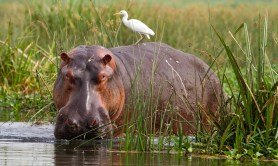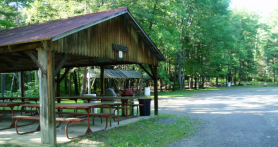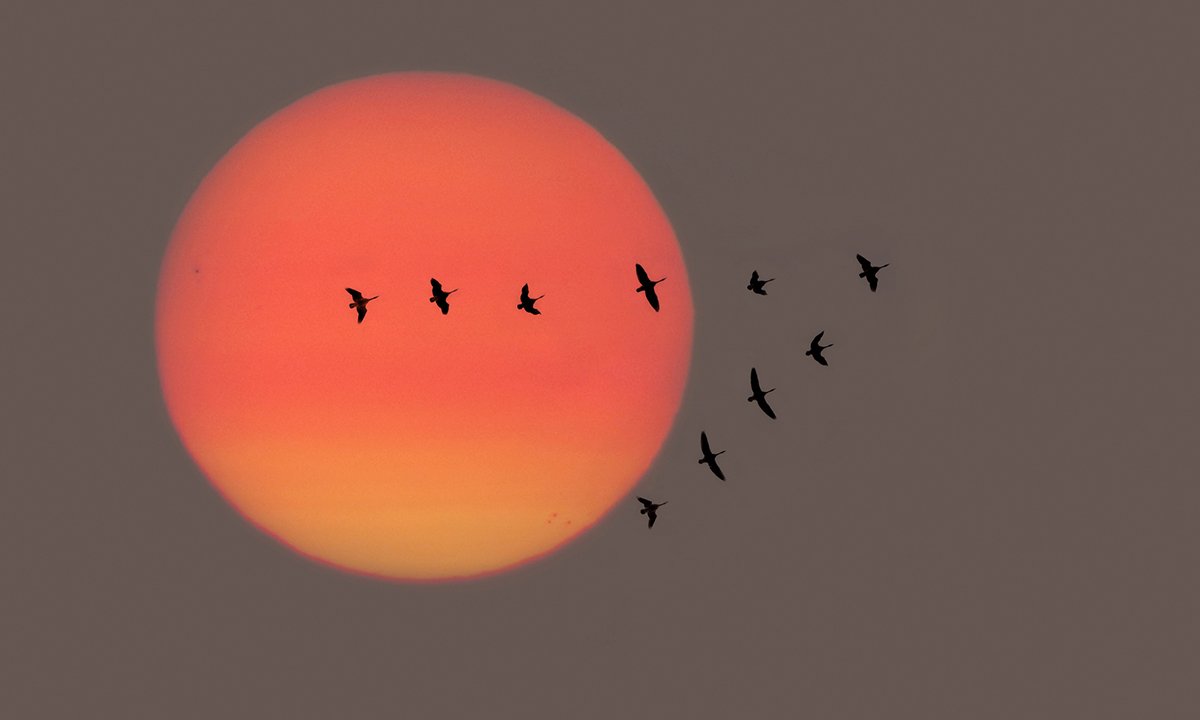

Humans accomplish some pretty incredible feats, but did you know there’s a bird that flies from the Arctic to the Antarctic—and back—every year? There’s also a tubby little shorebird that makes its annual migration take just two days . . . by flying 60 mph the whole way. One bird even makes a massive migration not by flight but by foot.
If you’ve ever wondered about the longest migrating birds on Earth, you’ll appreciate this roundup of impressive migrators of the avian variety. And, just for kicks, stick around to the end for what could possibly be the shortest migration of any bird.
Adélie Penguin
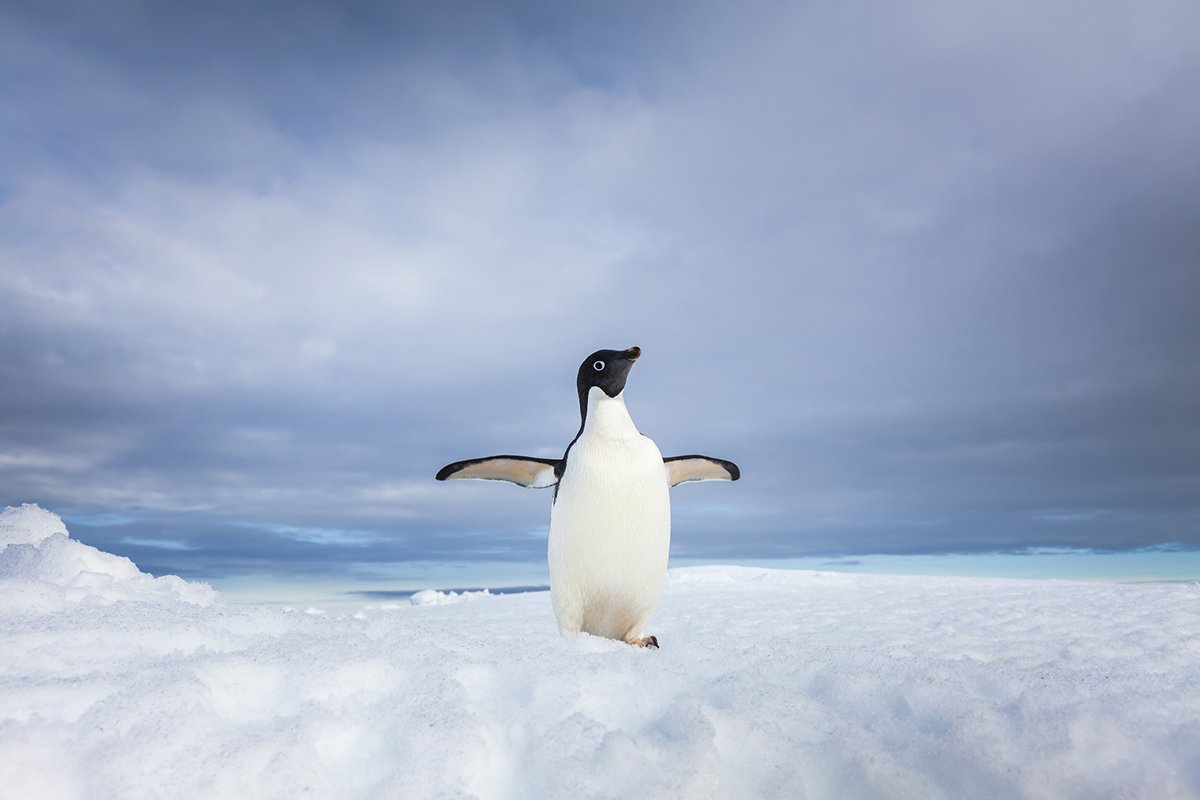
Penguins are flightless birds with modified wings that act as flippers, so they’re more adept in the water than they are on land—and they’re not adept in the air at all. Some populations of Adélie penguins migrate about 8,000 miles (possibly more) by foot across the Antarctic continent to find food.
Adélie penguins rely on sea ice to hunt, and since rising global temperatures have decreased sea ice in some areas of the Antarctic, populations in those areas migrate elsewhere, like the areas surrounding the Ross Sea that have more sea ice.
Arctic Tern
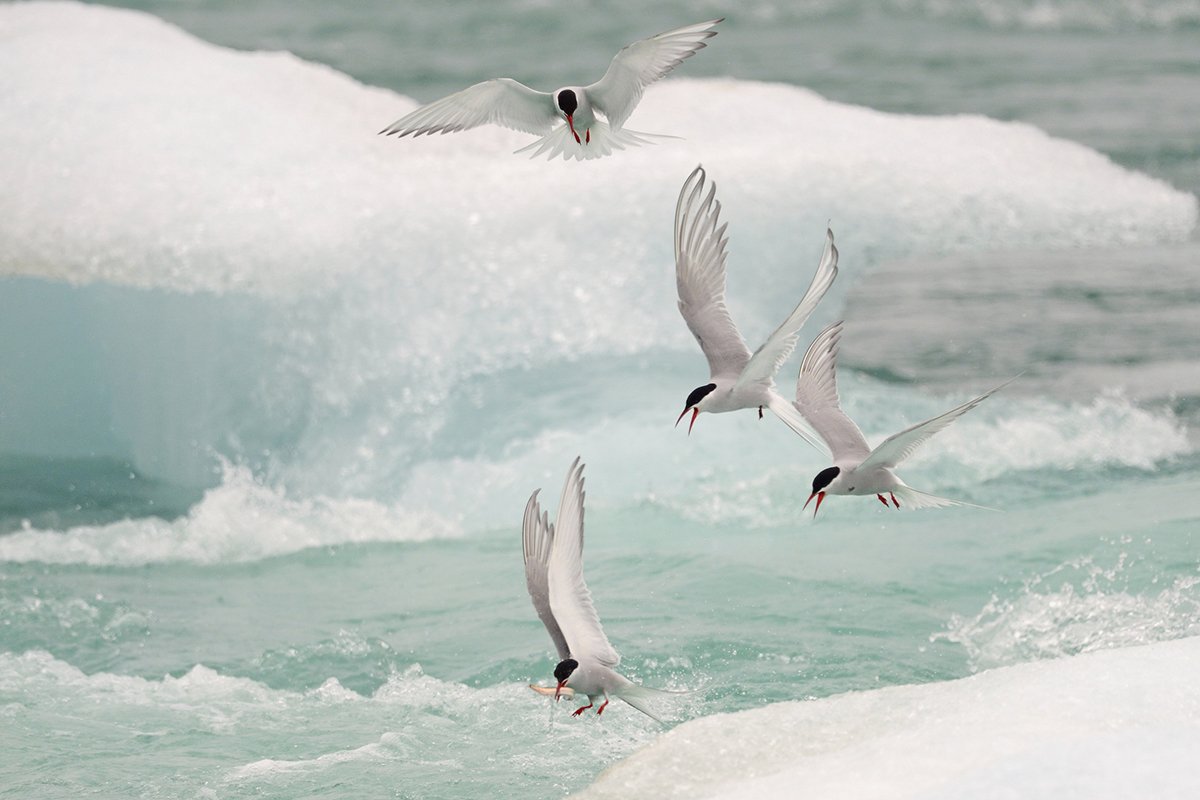
The Arctic Tern’s famously long pole-to-pole route, traveled annually over a lifetime, is like traveling to the moon and back three times. Arctic terns breed in Arctic regions, then they overwinter in the Antarctic for the southern summer. Their round-trip trek from the North Pole to the South Pole and then back again covers about 55,250 miles, and they do this each and every year, making it a spirit-animal candidate for endurance athletes everywhere.
Bar-Headed Goose
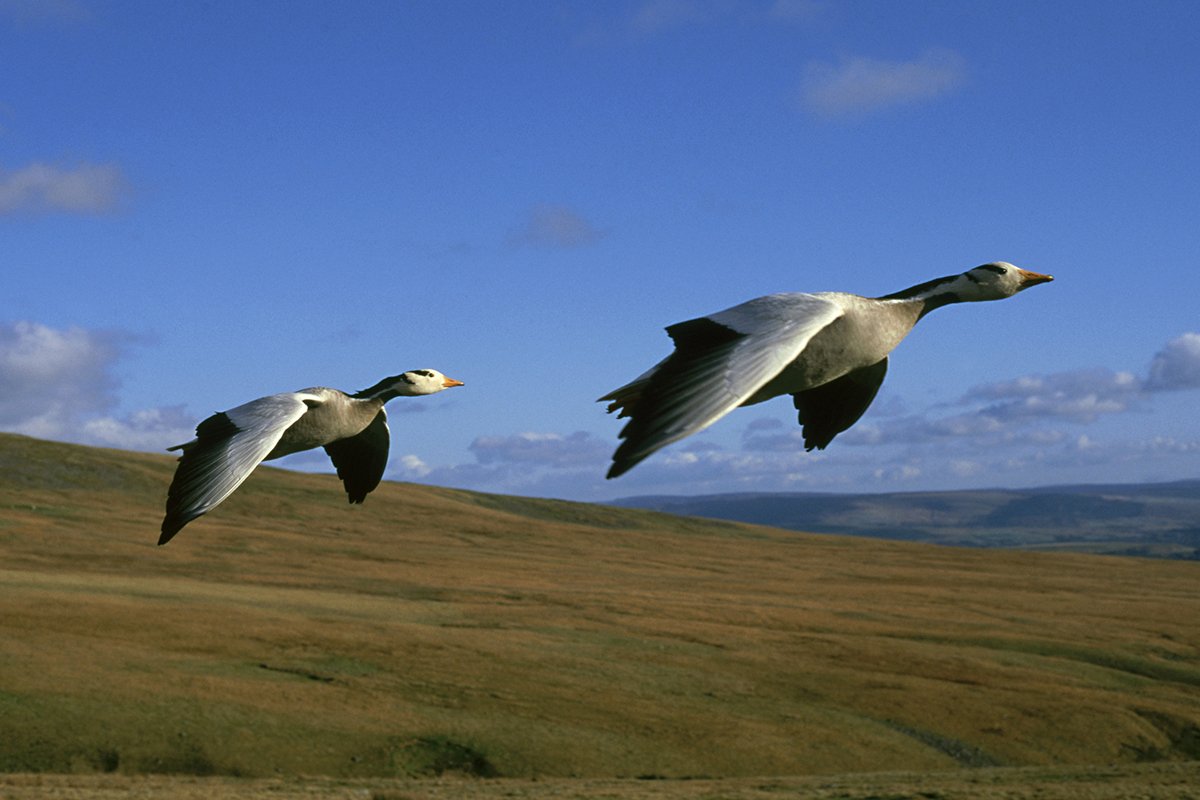
Now, if an alpinist had a spirit animal, it’d be the bar-headed goose. In the summer, these high-altitude migrators live from Mongolia to the Tibetan plateau, raising their chicks. To avoid winter in this region, bar-headed geese cross the Himalayas to get south to India before returning the following spring.
The oxygen-poor air at these altitudes might slow down a less hearty bird, but the bar-headed goose sustains its flight at altitudes of up to almost 20,000 feet (6,000 meters), amid temperatures that are below freezing.
Bar-Tailed Godwit
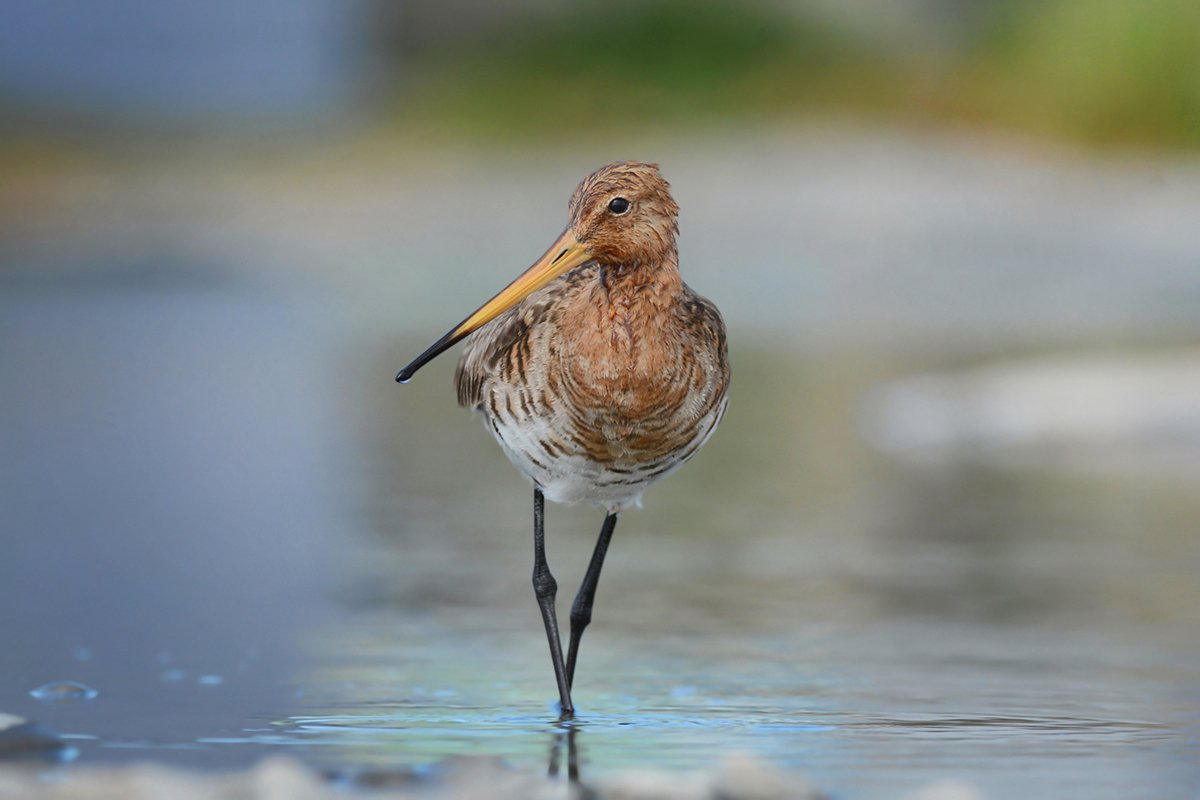
If a super-intense thru-hiker had a spirit animal, we submit that it would be the bar-tailed godwit. The Guinness Book of World Records identifies this species as the record-holder for the longest nonstop migration by a bird. One bar-tailed godwit in particular flew for almost 8,500 miles (13,560 kilometers) from Alaska to Tasmania without stopping. The journey reportedly took 11 days—that’s 11 days without food or rest.
Chubby Snipe
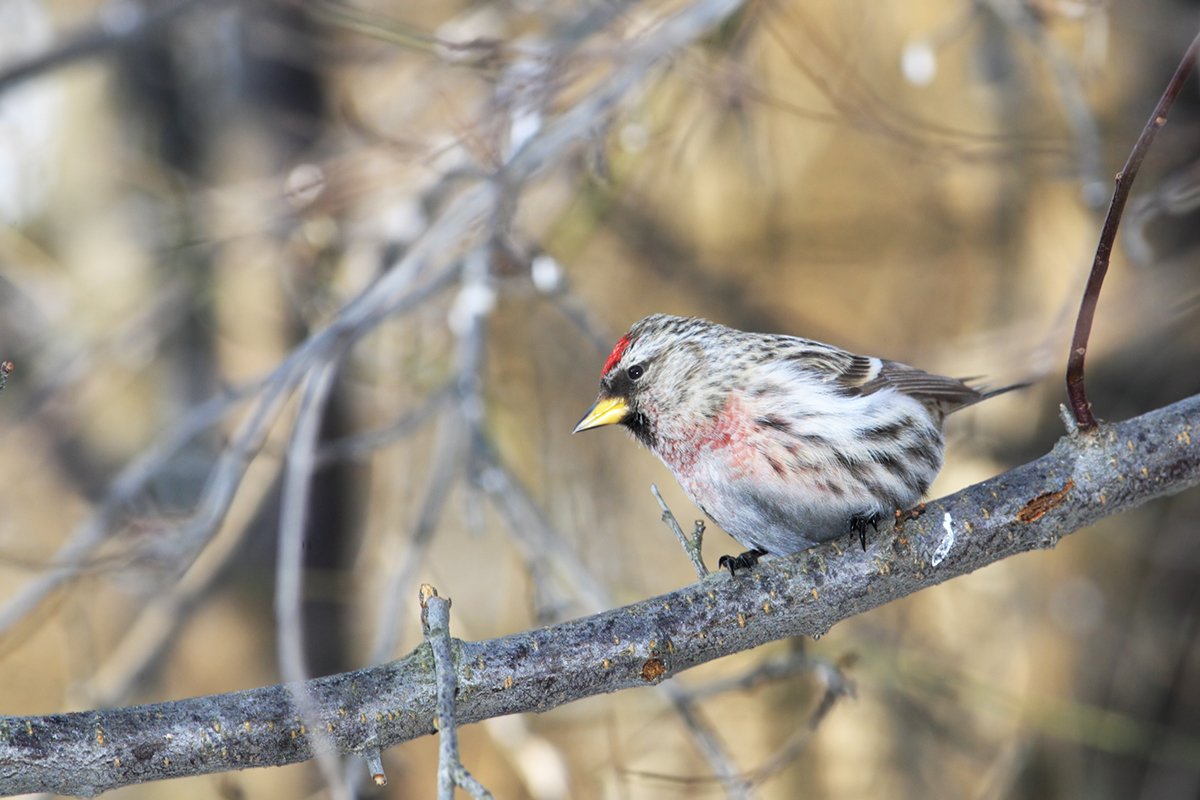
Despite being called “chubby,” the chubby snipe is a sprinter—and, in fact, its rotund-ness helps it accomplish the amazing feat of migrating from Europe to sub-Saharan Africa in just two days. Chubby snipes use their fat reserves to get them all the way to Africa, flying at an average speed of 60 mph for the whole journey, which they finish without stopping.
Unlike other long-migrating species that travel over the ocean, chubby snipes migrate over land, so they could stop if they wanted to. Needless to say, by the time chubby snipes get to Africa a couple days after lift off, they’re no longer very chubby.
And the Shortest Migrator Award Goes to . . .
New England Wildlife Centers claims the shortest bird migration goes to the American Blue Grouse, which migrates about 980 feet (300 meters) from pine forests to nearby deciduous woodlands.





